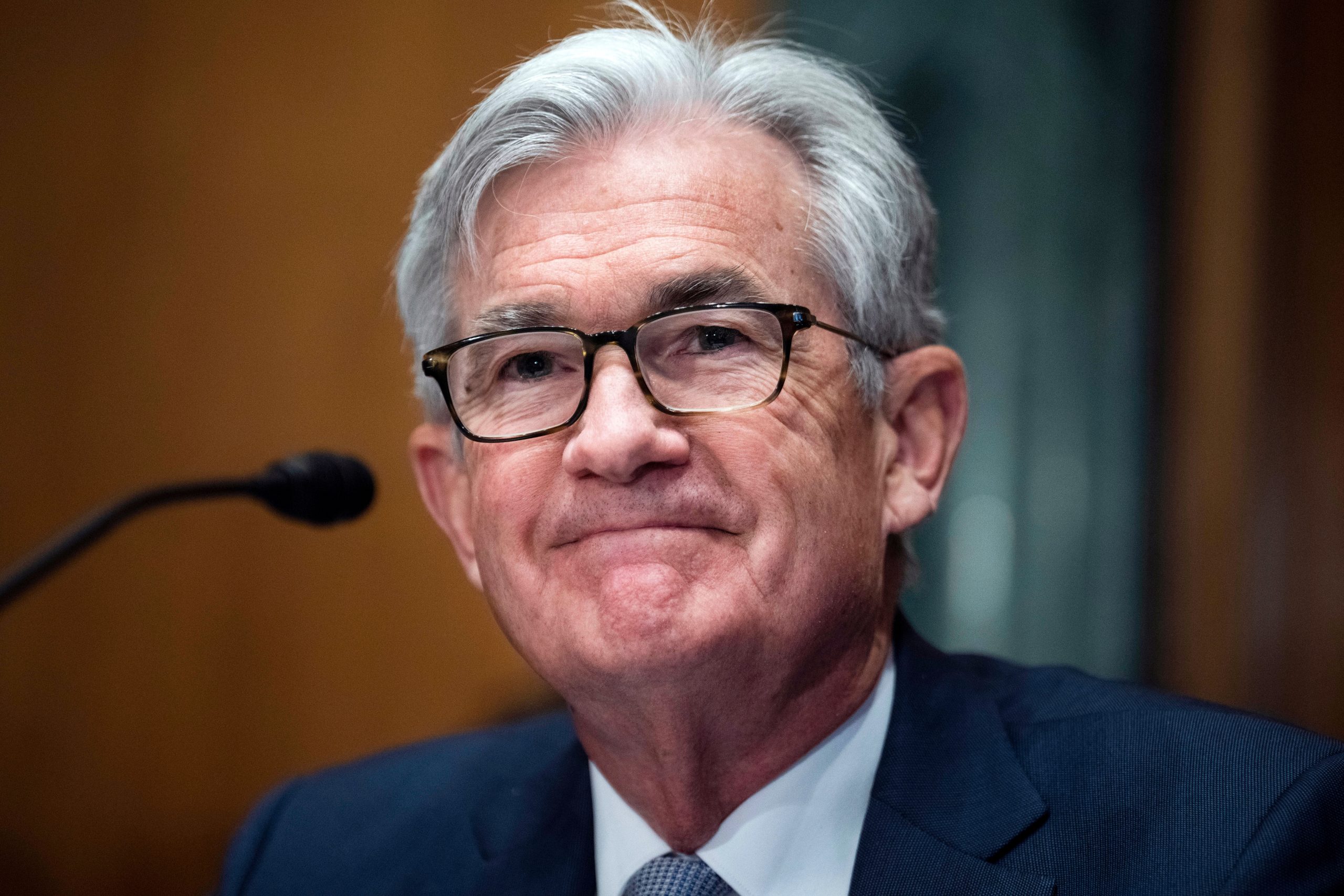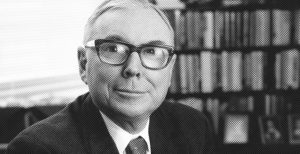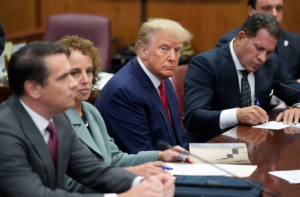The United States Federal Reserve officials have vowed to hike interest rates to a restrictive level in the near future and keep them there in order to restore inflation to their target, however, several participants have stressed that it is critical to calibrate rises in order to mitigate risk.
“Several participants noted that, particularly in the current highly uncertain global economic and financial environment, it would be important to calibrate the pace of further policy tightening with the aim of mitigating the risk of significant adverse effects on the economic outlook,” according to Federal Open Market Committee (FOMC) minutes from September 20-21 meeting released Wednesday.
Also Read| US stocks rise riding on producer price inflation data
US central bankers decided to increase the key lending rate by 75 basis points for the third time in a row during the meeting in order to combat ongoing inflation pressures. This brought the rate to a target range of 3% to 3.25%.
“Many participants emphasized that the cost of taking too little action to bring down inflation likely outweighed the cost of taking too much action,” the minutes showed.
Following the official release, US markets fluctuated, but Treasury yields stayed low and the Dollar remained stable. Traders kept their bets on the Fed raising interest rates by 75 basis points next month.
Also Read| Why interest rates are being hiked globally?
The minutes reveal a committee unified in its goal of bringing inflation to the Fed’s 2% objective, even as numerous officials counselled caution as interest rates approached restrictive levels.
The Fed, which has been criticized for being reluctant to respond to increasing pricing pressures, has launched the most vigorous tightening cycle since the 1980s. Starting with near-zero interest rates in March, it has increased rates by 300 basis points and indicated more increases.
According to their median estimate published last month, Fed officials expect rates to rise to 4.4% by the end of the year, and 4.6% by 2023.
Also Read| Behind India’s runaway inflation: Mounting crude, moody monsoons
“Several participants observed that as policy moved into restrictive territory, risks would become more two-sided, reflecting the emergence of the downside risk that the cumulative restraint in aggregate demand would exceed what was required to bring inflation back to 2%,” the minutes showed.
“They agreed that, by moving its policy purposefully toward an appropriately restrictive stance, the committee would help ensure that elevated inflation did not become entrenched and that inflation expectations did not become unanchored,” the minutes said.
Also Read| British economy, battered by cost-of-living crisis, shrinks 0.3% in August
Constantly increasing borrowing costs have curtailed housing activity, although demand in other sectors of the economy remains strong.
They agreed that hiking interest rates more aggressively now would “prevent the far greater economic pain associated with entrenched high inflation, including the even tighter policy and more severe restraint on economic activity that would then be needed to restore price stability,” the minutes said.
Employers added 263,000 jobs in September, while consumer inflation jumped 8.3% year on year through August, according to a report. The September consumer price index, which is coming Thursday, is projected to show a still-rapid 8.1% increase, with core inflation returning to a four-decade high.
Also Read| Global economy moving towards a world of uncertainty: IMF
Price increases have driven central banks throughout the globe to reverse pandemic-era policy measures intended to help markets—but prolonged inflation has economists concerned that policymakers may trigger a recession while attempting to calm the economy.
Already, the Fed’s rate increases have shaken the housing and stock markets. This summer, new home sales fell to a six-year low, and the S&P 500 has lost approximately 25% of its value this year, erasing nearly two years of gains. Analysts warn that if the country enters a recession, the consequences would only worsen.







